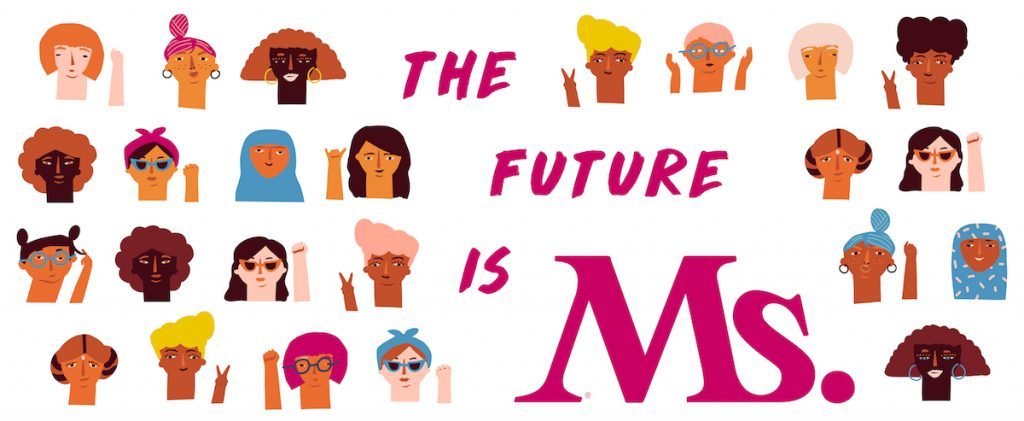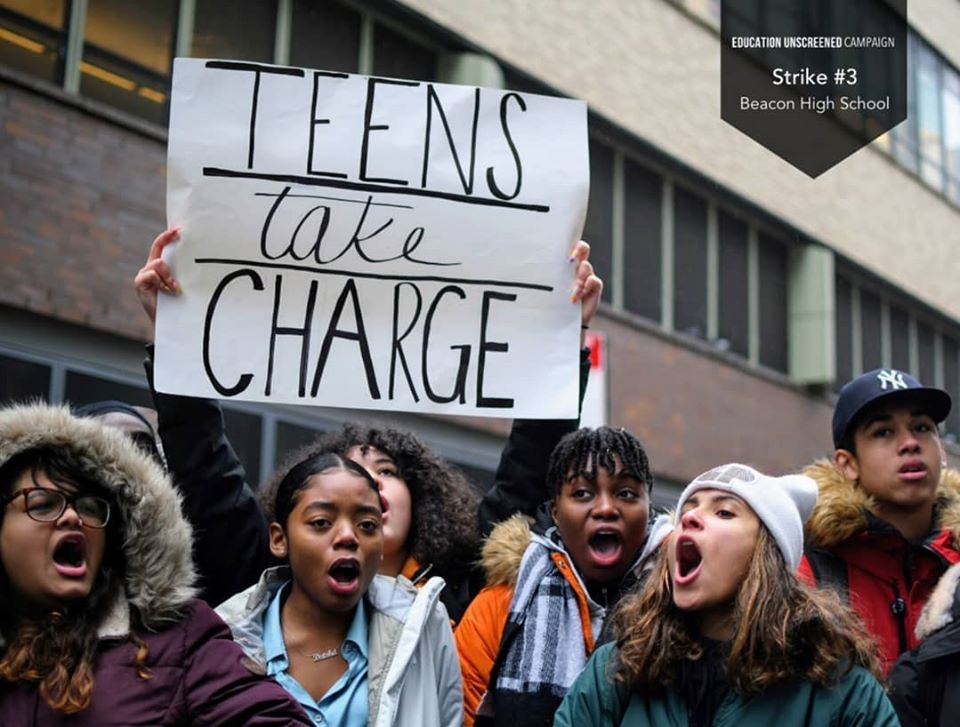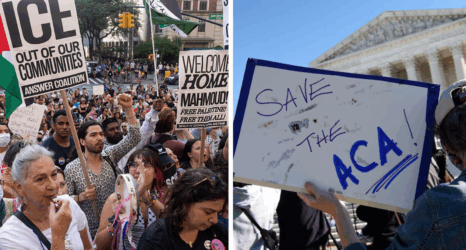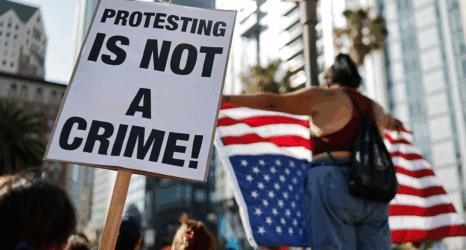
The Future is Ms. is an ongoing series of news reports by young feminists. This series is made possible by a grant from SayItForward.org in support of teen journalists and the series editor, Katina Paron.
Lucy Ivey is angry. Although she is, in her own words, a “privileged white girl living in an upper-middle-class neighborhood” who has always attended great schools, the 15-year-old Brooklyn resident is outraged at the segregation of public school education in New York City.
Ivey is one of 70 students involved in Teens Take Charge, a student-led organization fighting for educational equity and school reintegration.
For four months this past winter, 1,300 New York City high school students joined 30-minute Monday morning school strikes to bring attention to the inequalities faced by students like LaToya Beecham. The 16-year-old emigrated from Jamaica at age 8 and is now a 10th grader at an overcrowded and underfunded school in the Bronx.
When she came here, neither she nor the other members of her family could read well. She describes not getting help from her majority African American and Latinx (around 95 percent) school, as well as few resources to help underperforming students. Beecham dreams of becoming an obstetrician, but she finds herself struggling in subjects like math.
“These are generations after generations getting left behind,” she says.
Although the New York City public school system is comprised of 66 percent black and Hispanic students, highly competitive high schools enroll only 10 percent black and Hispanic students, according to 2018–2019 data from the City Council.
“Black and Hispanic students are much more likely to attend a school where more than 75 percent of students experience poverty,” the Council reports.

This imbalance is something Sue Najm, 16, has seen up close. Now a student athlete at a well-funded Brooklyn public school, the Teens Take Charge member briefly attended other, less-resourced schools when she moved between different foster homes.
“We are all considered public, but we all don’t get the same things,” Najm says. “You see a lot of kids [deprived] of opportunities … losing hope.”
The issue of educational equity is linked to broader feminist and anti-racist goals. A 2012 California study showed that black girls are disproportionately punished at school, which, according to similar studies, could lead to them leaving school early, making them susceptible to the juvenile justice system.
In a 2018 op-ed on Chalkbeat.org, New York City Mayor Bill de Blasio wrote about fixing the diversity problem in the city’s specialized schools.
However, Richard A. Carranza, chancellor for the city’s Department of Education, told The New York Times, “If I integrated the system, the next thing I’m going to do is I’m going to walk on water.”
The NYC DOE says it’s committed to “partner with Teens Take Charge in this work to help make our schools better reflect the diversity of our city and bring real, lasting change.”
But the activists will continue protesting until actual change occurs in the city’s segregated schools. Due to the COVID-19 outbreak, a planned citywide school boycott is on hold. Teens Take Charge is now focused on supporting vulnerable students amid the crisis.
This piece is excerpted from the Spring 2020 issue of Ms.
Become a Ms. member to read the rest—and get even more of our feminist reporting and analysis delivered to your door, or to your mobile device, each time we release a new issue!
The Future is Ms. is committed to amplifying the voices of young women everywhere. Share one of your own stories about your path to empowerment at SayItForward.org.





